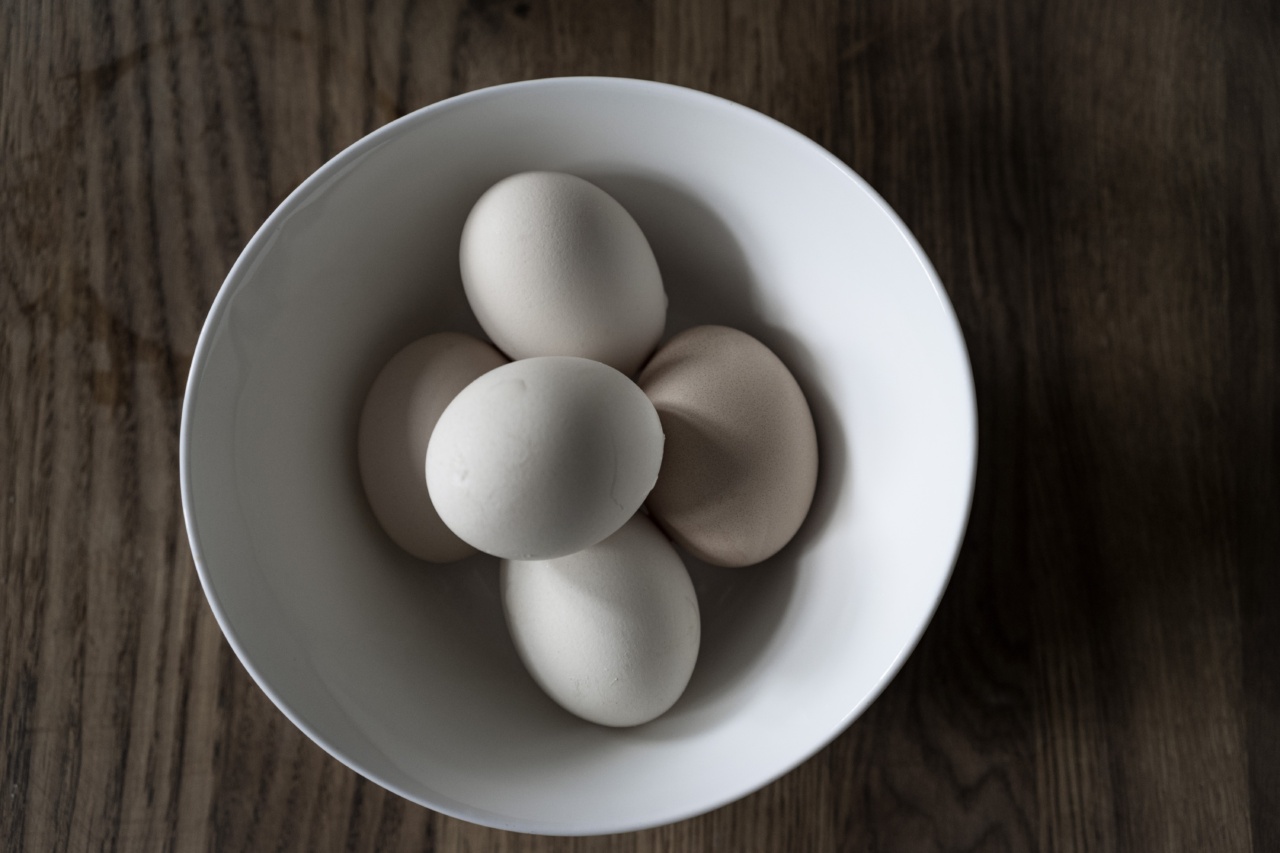If you’re aiming for a flat belly, nutrition should be your top priority. While exercising is important for toning your abs, what goes into your body plays a much bigger role in achieving your desired results.
One of the best ways to take care of your nutrition is by incorporating whole foods into your diet. Whole foods offer a range of nutrients and minerals that help in weight loss and keep you healthy and fit.
The Benefits of Whole Foods for a Flat Belly
Whole foods are foods that aren’t processed or refined in any way, leaving all the nutrients and minerals intact. One of the most significant benefits of whole foods for a flat belly is that they’re low in calories and high in nutrients.
These foods often have high levels of fiber, which is essential for healthy digestion and weight loss. Fiber-rich foods can help keep you feeling full for longer periods, which can lead to reduced calorie intake and ultimately, weight loss. Whole foods also contain antioxidants, which protect cells from damage and prevent inflammation in the body.
Incorporating Whole Foods into your Diet
If you’re looking to incorporate more whole foods into your diet, here are some of the best options for getting started:.
Fruits and Vegetables
Fruits and vegetables are some of the most nutrient-dense foods. Pick up spinach, kale, carrots, broccoli, bell peppers, and sweet potatoes. Berries, apples, bananas, and citrus fruits are also great options.
These foods are low in calories and high in fiber, helping you feel fuller for longer. Add them to your meals, salads, smoothies, or snack on them throughout the day.
Whole Grains
Whole grains such as oats, brown rice, quinoa, barley, and whole wheat are some of the best sources of fiber and nutrients. They can help improve digestion, reduce inflammation, and help prevent weight gain.
These grains can be added to soups, salads, or eaten as a side dish.
Healthy Fats
Incorporating healthy fats into your diet can aid in weight loss, providing you with energy, and help promote healthy functioning of the body. Sources of healthy fats include avocados, seeds, nuts, and olive oil.
Use these in moderation to ensure you balance your macronutrients.
Beans and Legumes
Beans and legumes such as chickpeas, lentils, black beans are high in fiber and protein, contributing to healthier weight loss and digestion. They can be used to make a variety of dishes from bean soup, salads to healthy stews.
What to Avoid
While incorporating whole foods into your diet is essential, you’ll also want to avoid processed foods, alcohol, and sugary beverages. These foods are high in calories and can lead to weight gain and bloating.
The Bottom Line
In conclusion, incorporating whole foods into your diet can help you achieve a flat belly and promote good health.
This approach to nutrition will provide you with more nutrient-dense foods in your diet > leading to less hunger, lower intakes of carbohydrates and calories. When combined with regular exercise activities, incorporation of whole foods in your diet can ensure you meet your desired physical and nutritional outcomes.


























